Atlantic vs Pacific: Which Coast Wins for Deep Sea Angling?
For passionate deep-sea anglers, the eternal debate between the Atlantic and Pacific coasts represents more than just geographical preference—it’s about the unique fishing experiences each ocean offers. Both coastlines stretch for thousands of miles along North America, providing diverse marine ecosystems teeming with prized game fish. From the rugged shores of Maine to the tropical waters of Florida on the Atlantic side, to the wild Alaskan coasts and Baja California’s rich waters on the Pacific, each destination offers its distinctive challenges and rewards. This comprehensive comparison explores the defining characteristics, target species, fishing techniques, and overall experiences that set these two magnificent coasts apart, helping both novice and experienced anglers decide which blue horizon might better suit their deep-sea angling dreams.
The Atlantic Coast’s Rich Fishing Heritage
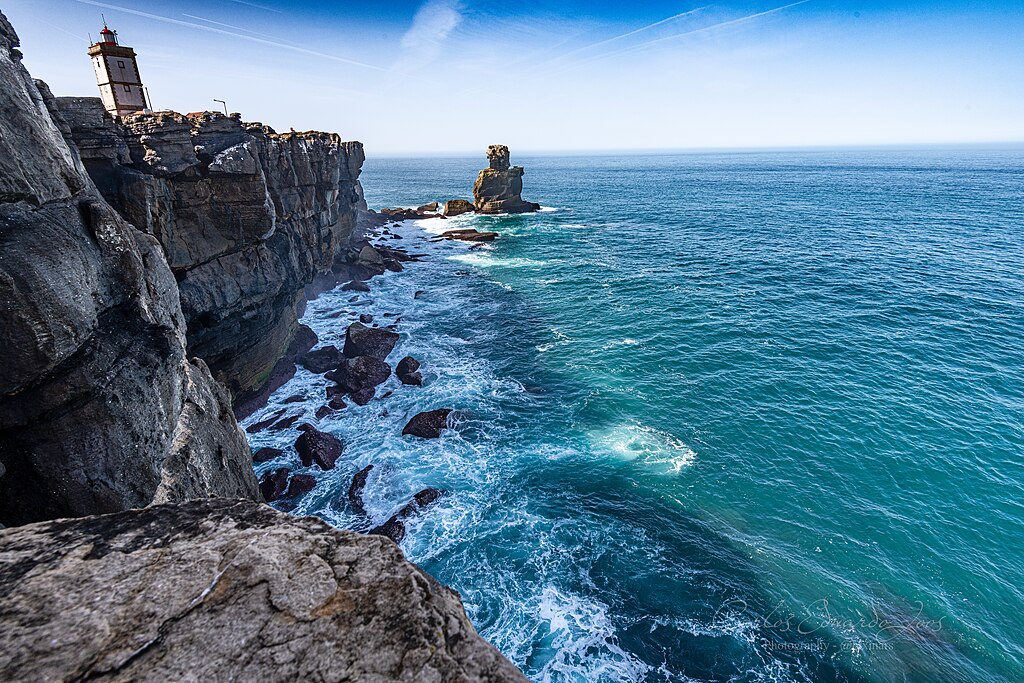
The Atlantic coast boasts a deep-rooted fishing tradition dating back centuries, with countless generations of anglers testing their skill against its waters. Commercial fishing villages dot the Eastern Seaboard from New England to the Florida Keys, each with its own distinctive methods and target species. This rich heritage has cultivated extensive knowledge about Atlantic fishing grounds, with many charter captains inheriting generations of wisdom about where and when to find specific species. The Atlantic’s relatively accessible continental shelf, which extends between 10 and 200 miles offshore depending on location, has made deep-sea fishing more approachable for recreational anglers throughout history. Additionally, the development of major fishing tournaments like the White Marlin Open in Ocean City, Maryland (the world’s largest billfish tournament) demonstrates the enduring cultural significance of Atlantic angling traditions.
Pacific Coast’s Diverse Marine Ecosystems
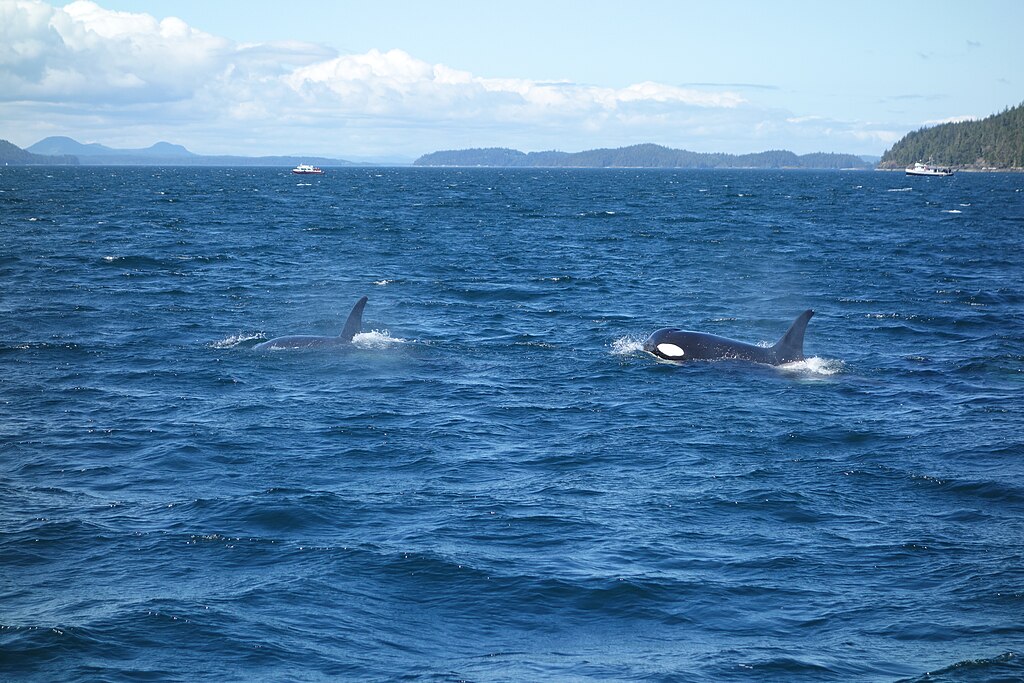
The Pacific coast presents anglers with extraordinarily diverse marine ecosystems spanning from Alaska’s frigid waters to tropical Mexican destinations. This remarkable range of habitats is largely influenced by the Pacific’s complex current systems, including the cold California Current flowing south and the warm North Equatorial Current flowing north. These currents create distinct fishing zones characterized by dramatically different species compositions and fishing techniques. The Pacific’s underwater topography features steep drop-offs near shore in many locations, allowing anglers to access extremely deep water without traveling far from the coast, particularly notable in regions like Southern California and parts of Mexico. Furthermore, the Pacific coast benefits from seasonal upwelling that brings nutrient-rich water to the surface, creating biological hotspots that attract tremendous concentrations of baitfish and the predators that pursue them.
Atlantic Billfish: The Crown Jewels

The Atlantic coast has rightfully earned its reputation as a premier destination for billfish enthusiasts, particularly those pursuing the coveted blue marlin, white marlin, and sailfish. The Gulf Stream current creates ideal conditions for these majestic predators, with North Carolina’s Outer Banks, Florida’s east coast, and the Bahamas serving as legendary billfish hotspots. Atlantic blue marlin can reach truly impressive sizes, with specimens exceeding 1,000 pounds occasionally caught, making them among the most sought-after game fish in the world. The white marlin, though smaller than its blue cousin, compensates with spectacular acrobatics when hooked, offering heart-pounding action as they leap repeatedly from the water in attempted escapes. Additionally, the Atlantic sailfish, with its distinctive sail-like dorsal fin and blistering speed (they can swim up to 68 mph), provides spectacular sight-fishing opportunities, especially in Florida, where they often hunt in packs close to shore.
Pacific Giants: Tuna and Beyond
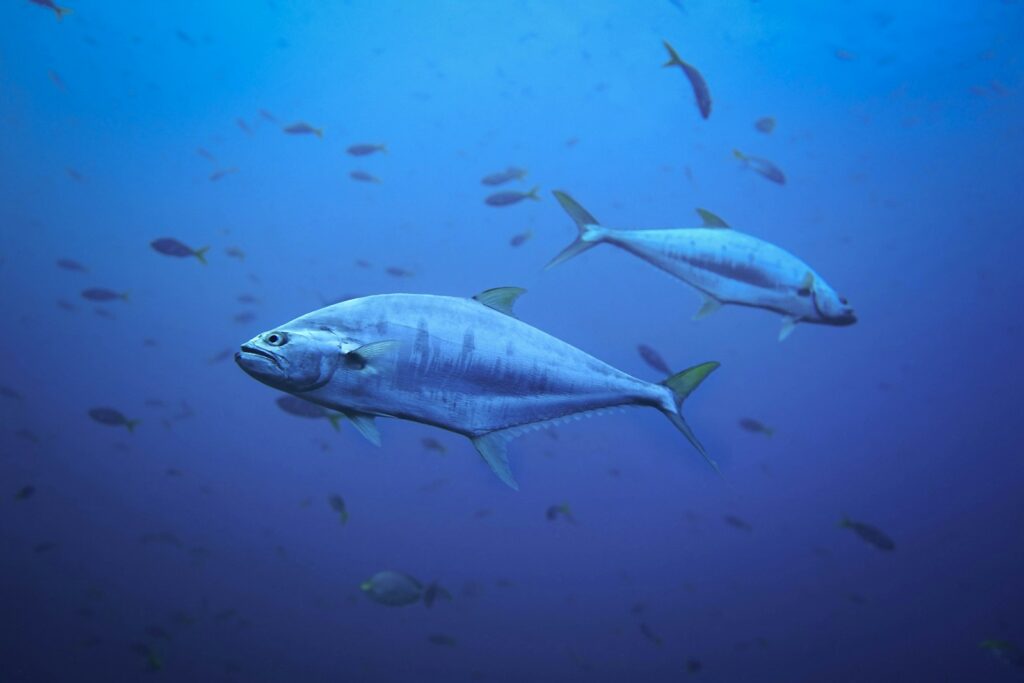
The Pacific Ocean is renowned for its exceptional tuna fishing, particularly for the mighty bluefin tuna that can exceed 1,000 pounds in the waters off Southern California and Baja Mexico. These magnificent fish, prized both for sport and their valuable meat, represent the ultimate challenge for many deep-sea anglers due to their combination of size, power, and endurance during fights that can last many hours. Beyond bluefin, the Pacific offers outstanding yellowfin tuna fishing, particularly around offshore banks and islands where specimens exceeding 300 pounds are caught with some regularity. The Pacific also boasts incredible opportunities for albacore, bigeye, and skipjack tuna, each offering distinct fishing experiences and culinary rewards. Additionally, the Pacific’s diverse ecosystem supports numerous other pelagic giants, including striped marlin, black marlin, swordfish, and the bizarre but fascinating mola mola (ocean sunfish), which can reach weights over 2,000 pounds.
Seasonal Patterns: Atlantic Fishing Calendar
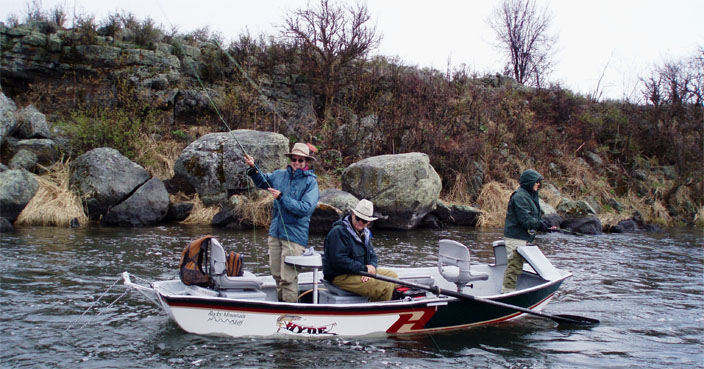
Atlantic deep-sea fishing follows distinct seasonal patterns that experienced anglers leverage to maximize their success. Spring typically marks the beginning of offshore action as water temperatures rise, with dolphin (mahi-mahi) often leading the migration, followed by tuna and billfish species as summer approaches. The summer months (June through September) represent peak season for most Atlantic offshore species, with blue and white marlin, sailfish, tuna, and wahoo all available in various regions depending on water temperature and bait presence. Fall brings spectacular fishing opportunities as many species feed aggressively before winter, with the legendary “fall run” of striped bass along the Northeast coast and excellent wahoo fishing in the Carolinas. Winter doesn’t mean the end of Atlantic deep-sea action, as South Florida and the Caribbean continue to produce outstanding fishing for sailfish, blackfin tuna, and wahoo when northern waters have grown too cold for comfortable angling.
Pacific Seasonal Opportunities

The Pacific coast offers year-round deep-sea fishing opportunities, though the target species and prime locations shift dramatically with the seasons. Summer brings exceptional albacore tuna fishing to the Pacific Northwest, while Southern California and Baja experience peak season for yellowtail, yellowfin tuna, and dorado (mahi-mahi). Fall typically delivers the most exciting big game fishing on the Pacific coast, with trophy bluefin tuna, striped marlin, and swordfish opportunities reaching their zenith off Southern California and northern Mexico. Winter, contrary to what many might expect, offers excellent fishing in many Pacific regions, with Mexican waters producing outstanding marlin action and California’s offshore banks continuing to hold tuna species. Spring brings the return of migratory species to more northern waters, with albacore pushing northward and California experiencing the arrival of yellowtail, barracuda, and white seabass in greater numbers, creating diverse angling opportunities throughout the entire Pacific coast.
Accessibility and Infrastructure: Atlantic Advantage

The Atlantic coast generally offers superior accessibility for deep-sea anglers, with numerous major fishing ports situated along its length providing convenient launch points. This accessibility stems from historical development patterns, with many East Coast cities built around maritime industries, resulting in excellent marina facilities, charter fleets, and fishing infrastructure. The Atlantic’s relatively gradual continental shelf means anglers typically travel shorter distances to reach productive deep water, often reaching billfish grounds within 20-40 miles from shore in many locations, making day trips more feasible and affordable. Charter options abound throughout the Atlantic coast, from small private operations to large party boats, creating opportunities for anglers of all budgets and experience levels. Additionally, the Atlantic’s well-established tournament scene provides structured opportunities for competitive anglers, with events like the Bimini Big Game Club tournaments and the Mid-Atlantic $500,000 attracting participants from around the world.
Pacific Challenges and Rewards
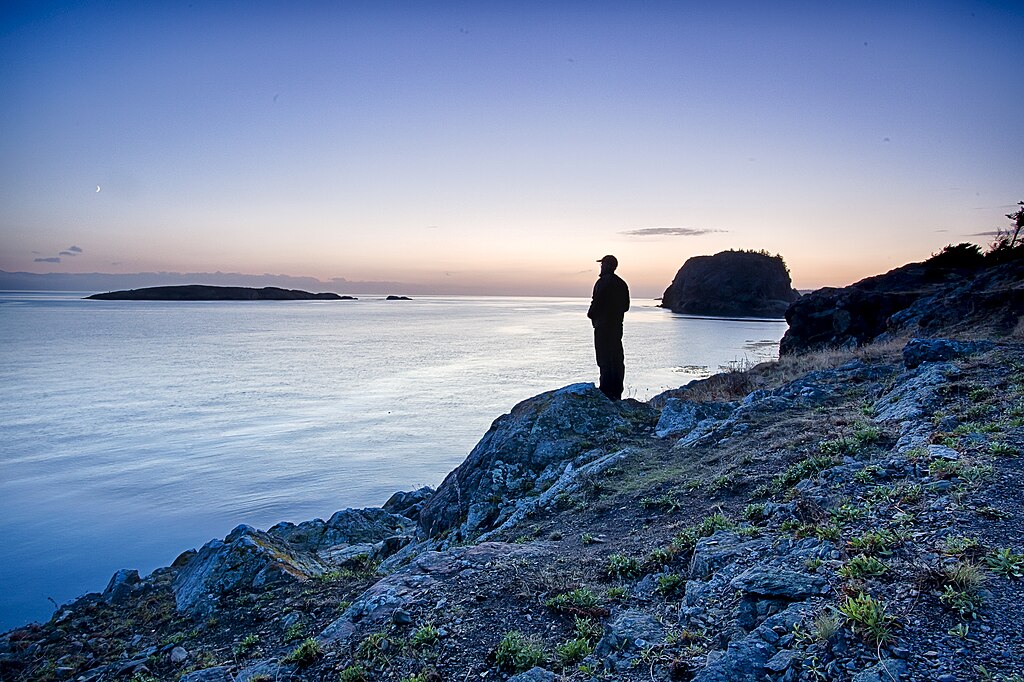
Pacific deep-sea angling often requires more commitment and resources than its Atlantic counterpart, but many anglers find the rewards justify the additional effort. The steep underwater topography of much of the Pacific coast means anglers frequently encounter deep canyons and abrupt drop-offs that concentrate fish but can also create challenging fishing conditions with strong currents and rapid depth changes. Long-range fishing trips, particularly out of San Diego, represent a unique Pacific coast opportunity, with vessels traveling hundreds of miles into Mexican waters for multi-day excursions targeting trophy tuna, wahoo, and other pelagic species. The Pacific’s more extreme weather patterns, including seasonal fog along the California coast and intense storms in northern waters, demand greater preparation and flexibility from anglers. Despite these challenges, many dedicated anglers consider the Pacific’s less crowded fishing grounds and opportunity for truly exceptional catches worth the additional planning and expense required.
Unique Atlantic Species
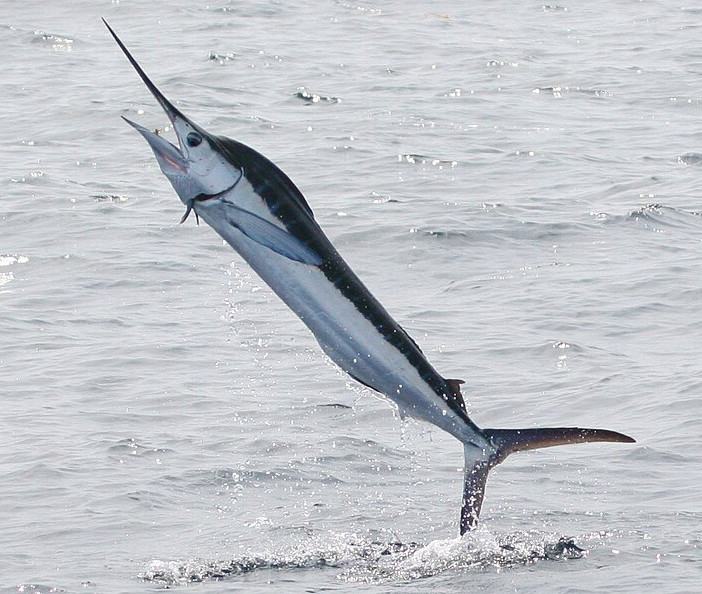
The Atlantic offers several prized game fish species found nowhere else or in greater abundance than their Pacific counterparts. The white marlin, a highly acrobatic billfish averaging 60-80 pounds, is primarily an Atlantic species and provides exceptional light tackle opportunities from North Carolina to Venezuela. Atlantic mako sharks, renowned for their blistering speed and spectacular aerial displays when hooked, create heart-pounding action for anglers throughout the Northeast and Mid-Atlantic regions during summer months. Blackfin tuna, though smaller than their bluefin and yellowfin cousins, offer exceptional sport on appropriate tackle and are found almost exclusively in the Atlantic, particularly in the Gulf Stream waters off the Carolinas and Florida. The Atlantic’s cobia, sometimes called “brown bombers” for their fighting ability, provide exceptional near-shore opportunities along the southeastern coast, with their curious nature and powerful runs making them a favorite target for sight-casting anglers.
Pacific’s Exclusive Offerings
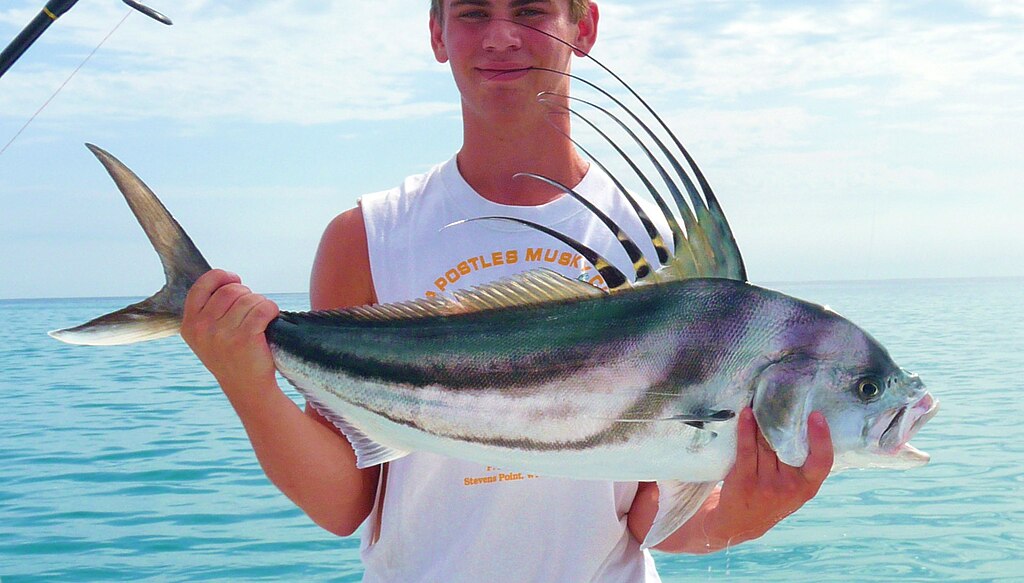
The Pacific coast boasts several extraordinary game fish species that either don’t exist or are rarely encountered in Atlantic waters. The roosterfish, with its distinctive dorsal fin “combs,” represents a bucket-list catch for many anglers and is found exclusively in the eastern Pacific, particularly along the Baja peninsula and Central American coasts. California yellowtail, a powerful jack species renowned for its stubborn fighting ability, provides exceptional sport from southern California to Mexico’s Sea of Cortez. Pacific striped marlin concentrations in certain areas, particularly off Baja California, can reach astonishing numbers during peak season, creating opportunities for multiple hookups that are rarely matched in Atlantic waters. The prehistoric-looking Pacific broadbill swordfish, while present in both oceans, has seen a remarkable renaissance in the Pacific with innovative daytime deep-drop techniques pioneered off Southern California producing exceptional catch rates compared to the traditionally night-focused Atlantic fishery.
Conservation Considerations

Conservation status varies significantly between Atlantic and Pacific fisheries, with different management approaches and sustainability challenges on each coast. The Atlantic has faced severe overfishing of several key species, including bluefin tuna and some billfish populations, though recent management efforts have shown promising signs of recovery for some stocks. Catch-and-release practices have become increasingly common among Atlantic sport anglers, particularly for billfish species, with tournaments often awarding points for released fish rather than landings. The Pacific generally benefits from larger fish populations due to its greater size and productive ecosystem, though certain stocks like Pacific bluefin tuna remain concerning to scientists monitoring their status. Regardless of coast, responsible anglers increasingly recognize the importance of utilizing circle hooks to reduce mortality in released fish, properly handling catches intended for release, and staying informed about current regulations designed to protect vulnerable species for future generations.
The Cost Factor: Budget Considerations
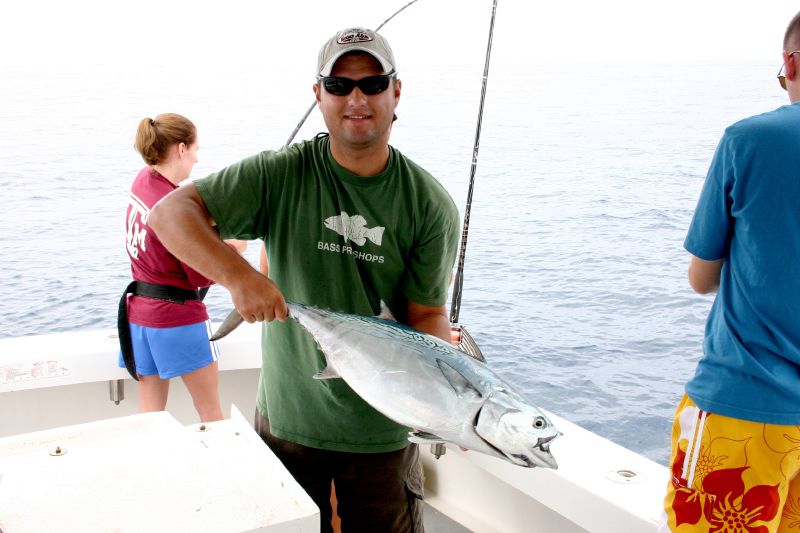
The financial investment required for deep-sea angling varies considerably between the Atlantic and Pacific coasts, influenced by factors beyond simple charter rates. Atlantic deep-sea trips generally offer more budget-friendly options, particularly in regions with extensive charter fleets, creating competitive pricing, with half-day offshore excursions starting around $600-800 for 4-6 anglers in many locations. Pacific coast charters typically command higher prices, partly due to longer runs to fishing grounds and higher operating costs, with comparable half-day trips often starting at $1,000-1,200 in popular destinations like Southern California. The long-range fishing experience unique to the Pacific coast represents a significant investment, with 3-10 day trips ranging from $1,500 to over $5,000 per person, though these include accommodations and typically result in exceptional catch opportunities. Equipment needs remain similar on both coasts for comparable species, though specialized tackle may be required for unique fishing techniques or target species specific to either region, representing an additional consideration for traveling anglers.
So Which Coast Reigns Supreme?
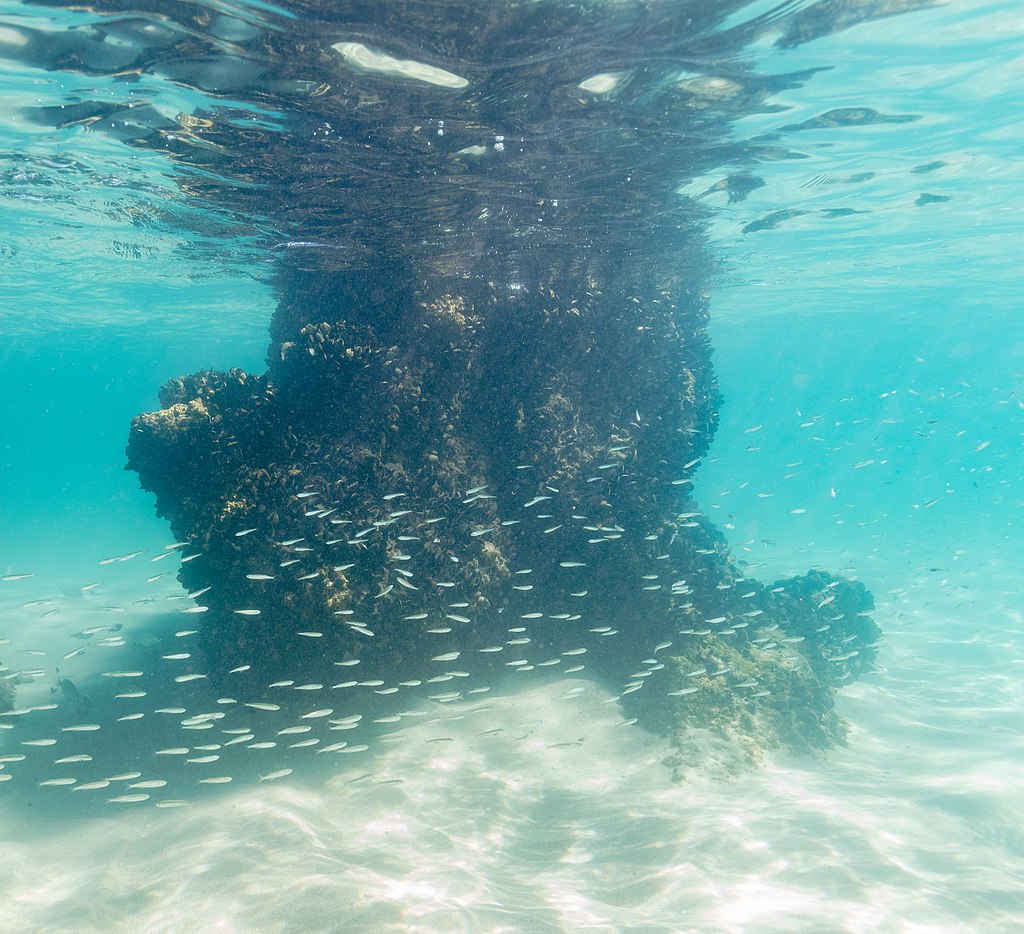
The question of which coast offers superior deep-sea angling ultimately depends on an angler’s specific preferences, priorities, and circumstances. The Atlantic coast generally provides more accessible deep-sea fishing with excellent infrastructure, well-established charter operations, and shorter runs to productive fishing grounds. Its legendary billfish fishery, particularly for blue and white marlin, represents a compelling draw for many serious anglers seeking these magnificent game fish. The Pacific, while often requiring greater investment of time and resources, rewards dedicated anglers with extraordinary diversity, the potential for trophy-class tuna, and unique species found nowhere else in American waters. Many experienced anglers consider the Pacific’s less pressured fisheries and exceptional long-range opportunities worth the additional effort and expense. Perhaps the most satisfying approach is to experience both coasts over time, appreciating their distinctive characteristics and the remarkable fishing experiences each provides in its unique way.
Conclusion
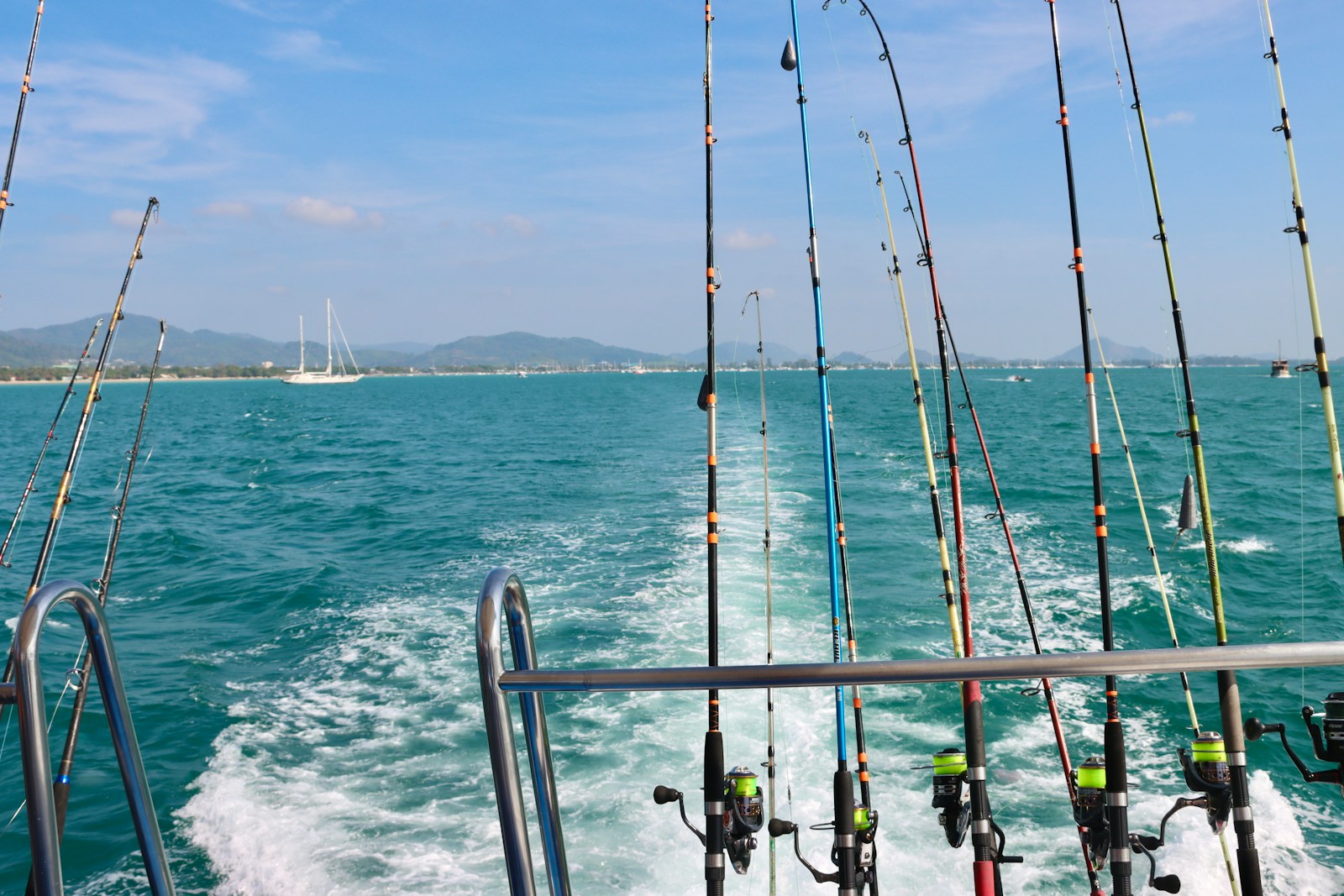
In the eternal debate between Atlantic and Pacific deep-sea angling, there’s no definitive winner—only different paths to the timeless joy of connecting with the ocean’s most magnificent creatures. Both coastlines offer exceptional opportunities to experience the thrill of battling powerful pelagic predators in their natural environment. Whether you’re drawn to the Atlantic’s accessibility and storied billfish traditions or the Pacific’s diversity and trophy potential, the choice ultimately reflects personal preference rather than objective superiority. The true victory belongs to those fortunate enough to experience both these magnificent fisheries, each with its distinctive character and remarkable rewards. Whichever coast you choose for your next deep-sea adventure, you’ll be participating in one of angling’s greatest traditions—the pursuit of open-ocean game fish that has captivated fishermen for generations.
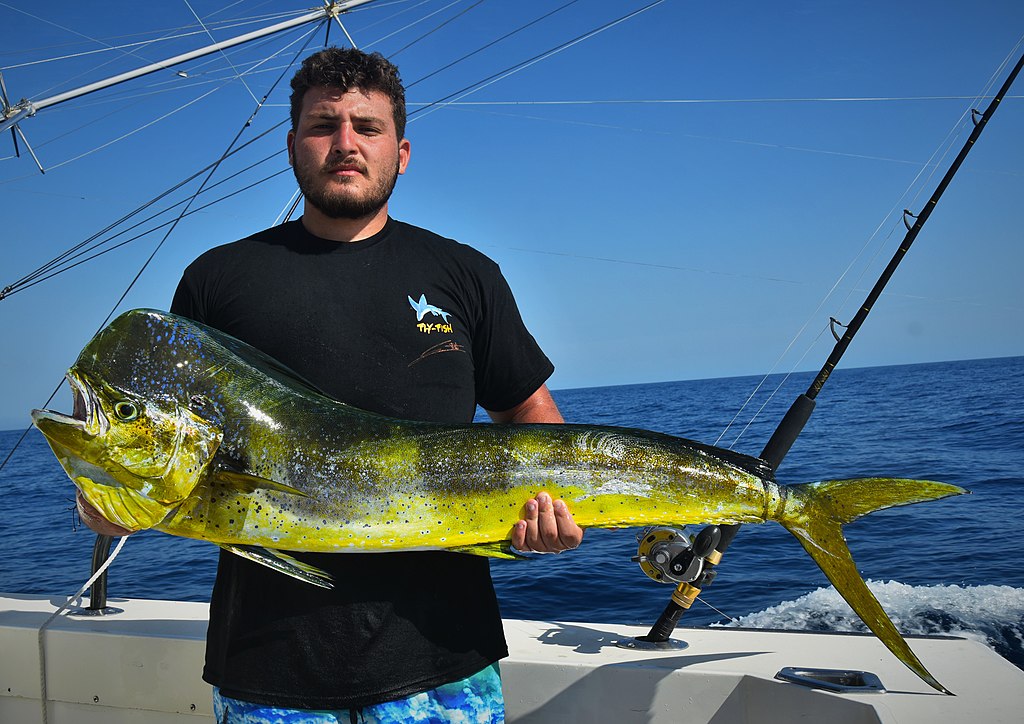













Post Comment